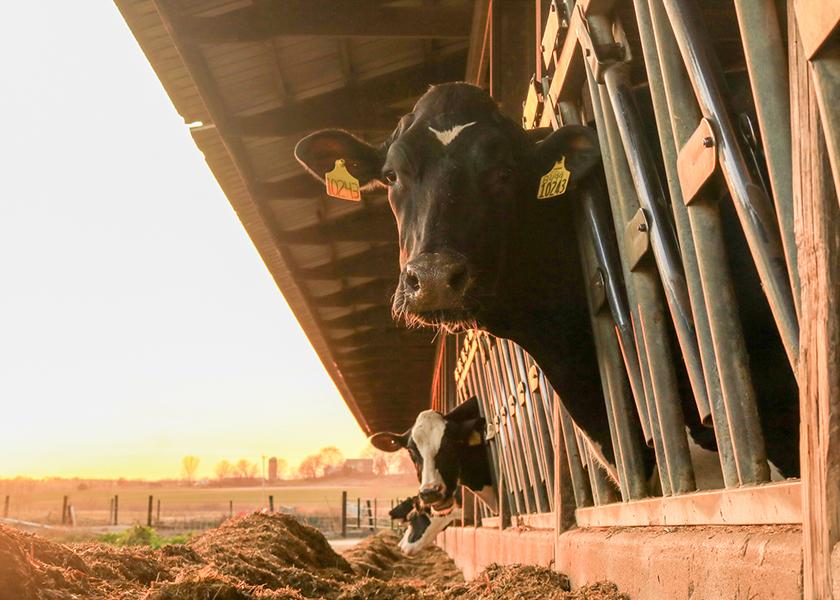High Beef Prices to Encourage On-Going Dairy Culling

High input costs, falling milk prices amid surplus supplies, and high beef prices will continue to encourage dairy producers to cull heavily until milk margins improve. Surplus milk supplies are so heavy in some regions that producers have had no alternative but to dump milk or basically give it away, according to Sarina Sharp, analyst with the Daily Dairy Report.
“Poor margins are taking a heavy toll on dairy producers, and milk futures project even harder times ahead,” Sharp said. “Some loads of milk are being sold for little more than the freight required to haul it from the farm. For these producers, deductions will result in mailbox milk prices far lower than the milk futures market currently projects.”
Since mid-month, the June 2023 Class III futures contract has been trading below $15/cwt. If that value were to hold, it would mark the lowest Class III price since May 2020, during the height of both the pandemic chaos and the spring flush.
“At the same time, the cost to make milk is near an all-time high, multiplying on-farm losses,” Sharp said. “The markets are all but shouting at dairy producers to rein in milk production, and high beef prices are amplifying the message.”
According to USDA, U.S. beef production will fall 4.2% this year and decline another 8.4% next year to a nine-year low.
“For years, drought in the Southern Plains forced cattle producers to trim their herds to levels their parched pastures could support,” Sharp said. “Now that the rains have finally come, they have begun to hold onto heifers and cows to rebuild inventories. But that means fewer cattle are destined for slaughter.”
Meatpackers have been looking for cattle ready to harvest, and earlier this month, they were paying an average of $1.89/lb. for finished steers, an astonishing 34% more than the comparable period a year earlier.
High cattle prices have helped boost dairy cull cow values to multi-year highs, and cash-strapped dairy producers have noticed. In April and May, they sent 38,200 more dairy cows to slaughter, compared to the same months last year.
“Cull rates will likely remain high until dairy producers are back in the black. The combination of low milk prices and high beef prices could help accelerate contraction in the dairy herd, speeding the transition to lower milk production and higher dairy product prices,” she added.
For more on milk prices, read:
- 4 Reasons Why Milk Prices Are Considerably Lower Than 2022
- Economist Shares It Will Be a Tough Year Ahead for Dairy
- Dairy Producers Feel the Pain as Milk Prices Plunge Almost $10 Under Last Year's Record Prices







